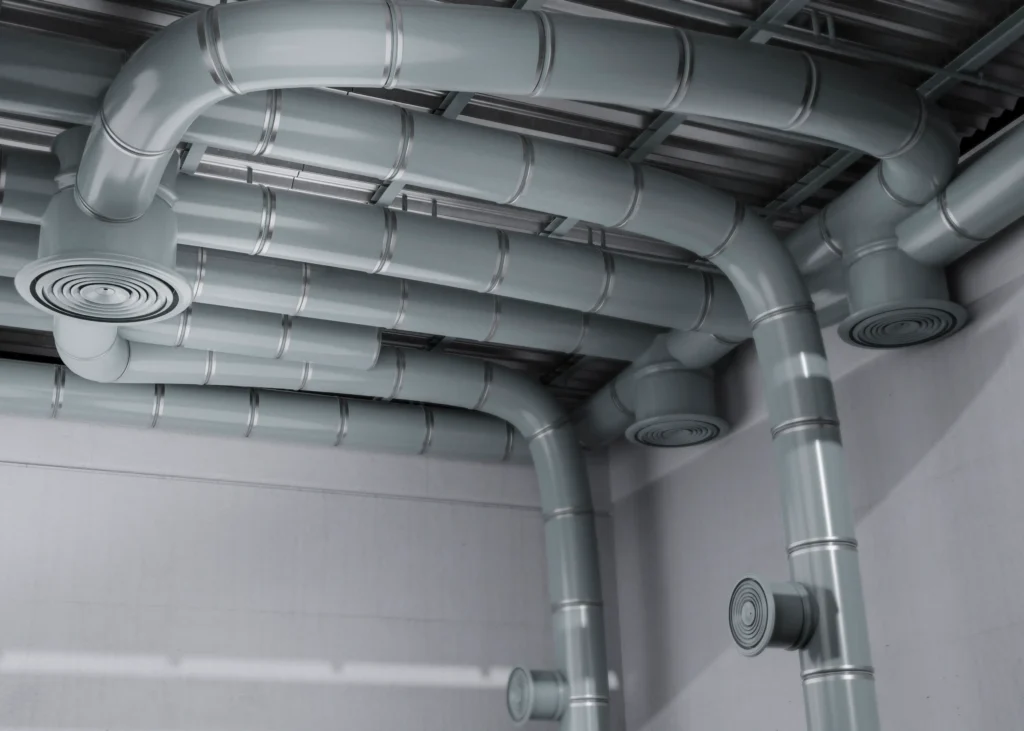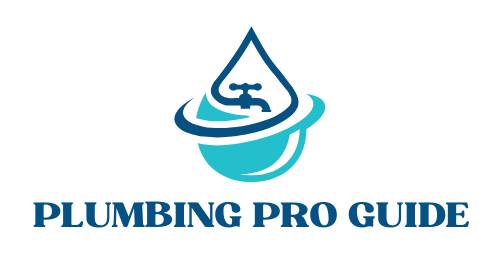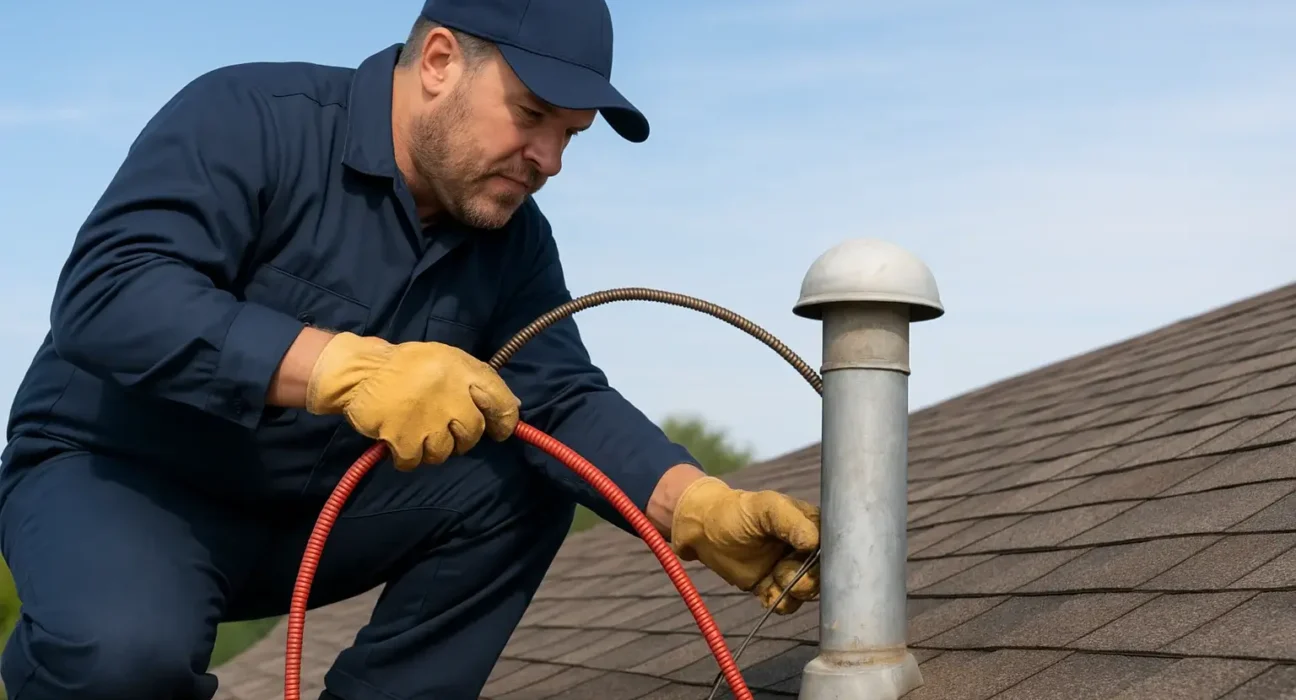A blocked vent pipe can quietly disrupt your entire home’s drainage system. A clogged vent pipe can cause a range of frustrating and even hazardous problems.
In this blog, we’ll cover everything you need to know about blocked vent pipes, how to spot a blockage, fix it safely, and prevent it from happening again.
Understanding the Role of Plumbing Vent Pipes
Before diagnosing a blocked vent pipe, it’s essential to understand what it does and why it’s critical for your home’s plumbing system.
What Is a Plumbing Vent Pipe?

A plumbing vent pipe, also known as a vent stack, is a vertical pipe that extends through your roof and connects to your drainage system. Its main purpose is to:
- Regulate air pressure within your plumbing lines
- Allow sewer gases to escape outside
- Let fresh air enter the system to maintain proper water flow
Without proper venting, drains can’t function efficiently.
How It Works in U.S. Plumbing Systems
In most American homes:
- Each fixture (sink, shower, toilet) connects to a branch vent.
- These branch vents connect to a main vent stack, which exits through the roof.
- The vent stack ties into the main drainpipe that leads to the city’s sewer or a septic tank.
When everything functions correctly, this setup maintains neutral air pressure, allowing water to flow smoothly and traps to stay sealed.
What Causes a Blocked Vent Pipe?
A blocked vent pipe occurs due to several natural or mechanical factors. The cause often depends on your home’s age, roof design, and regional climate.
1- Debris and Leaves
Falling leaves, twigs, and dust often accumulate in vent openings, especially in wooded areas or during fall. Over time, this buildup restricts airflow, leading to partial or full blockage.
2- Bird Nests and Rodents
Birds, squirrels, and small rodents sometimes enter open vent pipes to build nests or escape the weather. Unfortunately, they can block the pipe or die inside it, creating a severe obstruction.
3- Ice and Snow Blockage
In northern U.S. states such as Minnesota, Wisconsin, and Michigan, vent stacks can freeze shut during heavy snowfalls or subzero temperatures. Ice caps over the vent opening can completely block airflow.
4- Corrosion and Rust in Older Homes
Homes built before the 1970s often used galvanized steel pipes, which corrode internally over time. Rust flakes can clog the vent or cause it to collapse partially.
5- Poor Vent Installation
Incorrect slope or sizing during installation can cause slow air circulation or water buildup inside the vent system.
6- Roofing Debris or Shingles
Roofing projects can leave behind nails, tar, or shingle granules that fall into the vent opening and create a blockage over time.
Learn more about the different types of flexible plumbing pipes and when each type is best used.
Symptoms of a Blocked Vent Pipe
Spotting a blocked vent pipe early can save you hundreds of dollars in repair costs. Here are the most common warning signs:
1- Slow-Draining Fixtures
If your sinks, tubs, or showers all drain slowly, even after cleaning, it’s likely due to venting issues, not a regular drain clog.
2- Gurgling Sounds
Gurgling toilets or sinks happen when trapped air bubbles fight their way through the water seal, a classic sign of air pressure imbalance caused by a blocked vent pipe.
3- Sewer Gas Odors
When a vent pipe is blocked, sewer gases can’t escape outside. Instead, they’re forced back into your home through drains, creating foul smells and potential health risks.
4- Bubbling Water in Toilets
If your toilet water level rises or drops unexpectedly, the system is trying to equalize air pressure, a strong indicator of vent trouble.
5- Overflowing or Empty Traps
A blocked vent can cause P-traps to lose their water barrier, allowing sewer gases to enter.
6- Drains Making “Sucking” Noises
After flushing, you might hear a sucking or slurping sound from nearby drains another sign that air isn’t flowing properly through the system.
How to Diagnose a Blocked Vent Pipe
Homeowners can perform a few safe checks to diagnose a blocked vent pipe.
Step 1: Listen for Gurgles
Run water in multiple fixtures. If you hear gurgling from one or more drains, the problem is likely vent-related.
Step 2: Check the Roof Vent (Safely)
If you can access your roof safely, inspect the vent pipe opening. Look for debris, leaves, or visible blockages. Use a flashlight to peer inside.
Step 3: Try a Garden Hose Flush
Insert a garden hose into the vent opening and run water. If water backs up or drains slowly, the vent is likely obstructed.
Step 4: Use a Plumbing Snake
For small blockages near the top, you can insert a plumbing auger to dislodge leaves or bird nests.
Step 5: Observe Fixture Behavior
Flush the toilet and run nearby sinks or tubs simultaneously. If you notice bubbling or gurgling elsewhere, the blockage affects the entire system.
How to Fix a Blocked Vent Pipe
If you’ve confirmed the blockage, here are the best ways to fix it either DIY (for minor cases) or professionally (for major obstructions).
DIY Fixes (Minor Blockages)
-
Use a Plumbing Snake
- Insert the auger into the vent pipe from the roof.
- Rotate it gently to break up debris or nests.
- Flush with a hose afterward to ensure full clearance.
-
Flush with a Garden Hose
- Place a rag around the hose to create a loose seal.
- Run water for a few minutes.
- If water overflows quickly, stop — it’s a deep blockage that needs professional help.
-
Use Compressed Air
Some homeowners use portable air compressors to blow air down the pipe. This can work for small obstructions but requires caution to avoid pipe damage.
Professional Plumbing Solutions
If the blockage is deep, frozen, or caused by corrosion, call a licensed plumber. Here’s what professionals typically do to inspect a blocked vent pipe:
1- Video Camera Inspection
Plumbers use a sewer camera to locate the exact point and nature of the blockage.
2- Hydro Jetting
A high-pressure water jet clears stubborn clogs without damaging the pipes. This method is ideal for leaves, mud, or animal nests.
3- Steam or Heat Treatment
For frozen vents, plumbers may use hot water or steam machines to melt ice without harming the pipe.
4- Pipe Replacement
If corrosion or misalignment is found, part of the vent system may need to be replaced or rerouted.
5- Roof Vent Cap Installation
To prevent future issues, plumbers often install vent caps that keep debris and animals out.
Cost to Fix a Blocked Vent Pipe in the U.S.
|
Service Type |
Average Cost (USD) |
Details |
|
Visual Inspection |
$100–$200 |
Basic roof and drain check |
|
Camera Inspection |
$250–$400 |
Locates exact blockage |
|
Hydro Jetting |
$300–$600 |
Clears major blockages |
|
Pipe Repair/Replacement |
$400–$1,000+ |
For damaged or corroded vents |
|
Roof Vent Cap Installation |
$50–$150 |
Preventive add-on |
See here what plumbing leak repair costs will look like in 2026.
How to Prevent a Blocked Vent Pipe
Prevention is key to maintaining a healthy plumbing system. Here’s how to keep your vent pipe clear all year:
1- Install a Vent Cap
A simple cap keeps debris, leaves, and small animals out while allowing airflow.
2- Schedule Annual Plumbing Inspections
Especially important in cold-weather states, where ice and snow are common culprits.
3- Trim Nearby Trees
Branches near your roof can drop leaves or sap into the vent stack.
4- Clean Roof Gutters Regularly
Clogged gutters can overflow and carry debris into vent openings.
5- Winterize Your Plumbing System
If you live in northern U.S. states, insulate attic vents or install heat tape around vent pipes to prevent freezing.
6- Avoid Chemical Drain Cleaners
While these products can clear clogs, they may also corrode pipes and worsen long-term vent problems.
Risks of Ignoring a Blocked Vent Pipe
Neglecting this issue can lead to several serious problems:
- Sewer Gas Exposure – Hydrogen sulfide and methane can cause nausea, headaches, or dizziness.
- Slow Drainage and Backups – Can eventually lead to flooding or pipe bursts.
- Water Seal Loss – Dry P-traps allow sewer gases into living spaces.
- Plumbing Damage – Increased pressure may crack joints or seals.
- Roof Damage – Overflowing or backed-up vent pipes can leak through the roof structure.
When to Call a Professional Plumber
If you notice multiple slow drains, gurgling sounds, or strong odors, it’s best to call a licensed plumber immediately.
Look for local experts specializing in:
- Vent pipe cleaning
- Drain inspections
- Sewer and air pressure balancing.
Need complete plumbing resources? Visit our Plumbing Pro Guide homepage.
Frequently Asked Questions (FAQs)
Q1: Can a plumbing vent pipe get clogged?
Debris, snow, animal nests, or rust buildup can block airflow and cause drainage problems.
Q2: How do I know if my vent pipe is blocked?
If multiple drains are slow, toilets gurgle, or you smell sewer gas, your vent pipe may be clogged.
Q3: Can I unclog it myself?
Minor clogs can sometimes be removed with a plumbing snake or hose. However, roof work can be risky, professionals are safer and more thorough.
Q4: Does a blocked vent pipe cause bad smells?
Blocked vents trap sewer gases, forcing them back through your drains into your home.
Q5: How often should I inspect my vent pipes?
At least once per year, especially before winter in northern states.
Q6: What is the most common cause of vent blockage?
In the U.S., leaves, bird nests, and ice buildup are the top causes depending on region.


